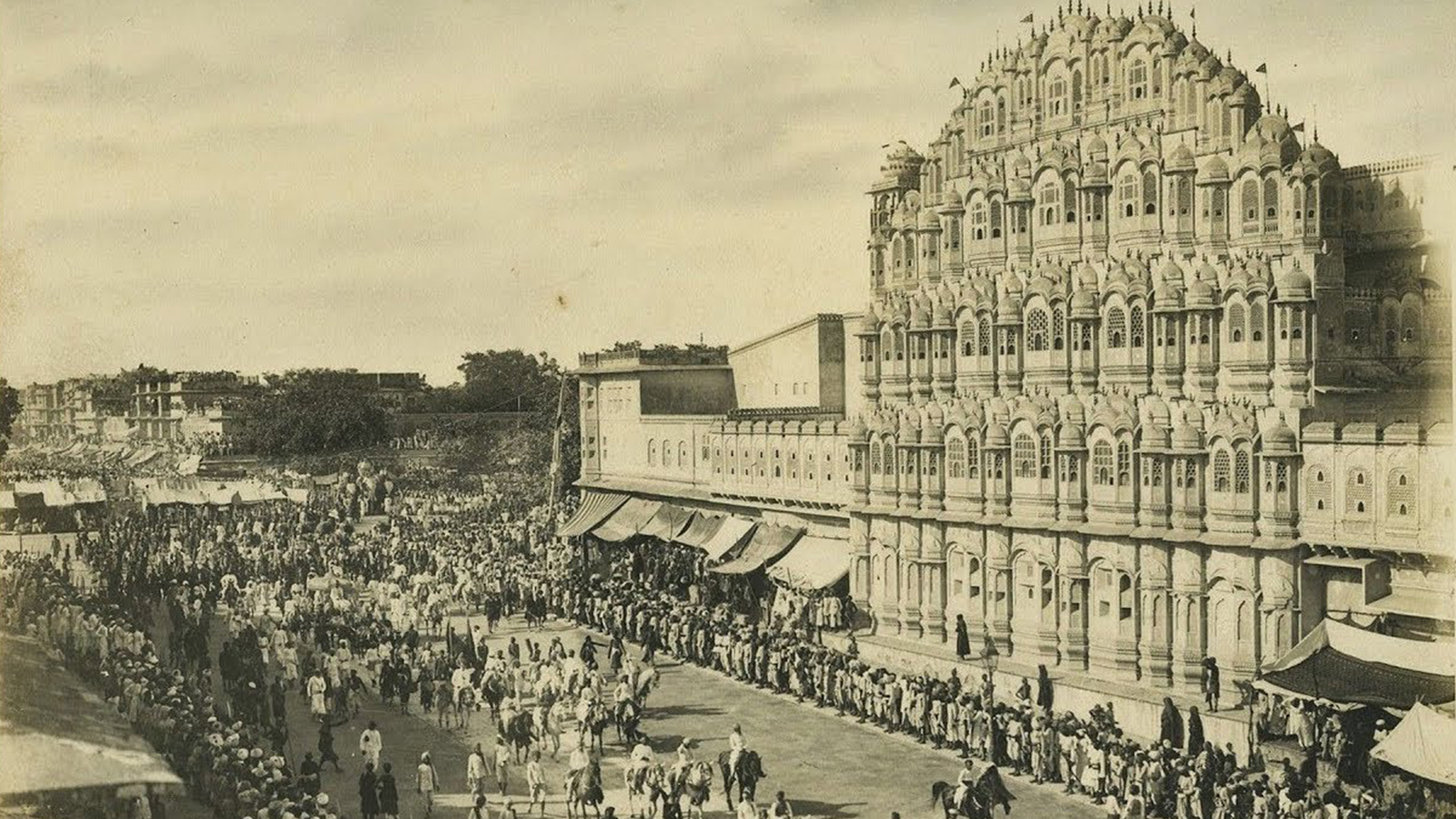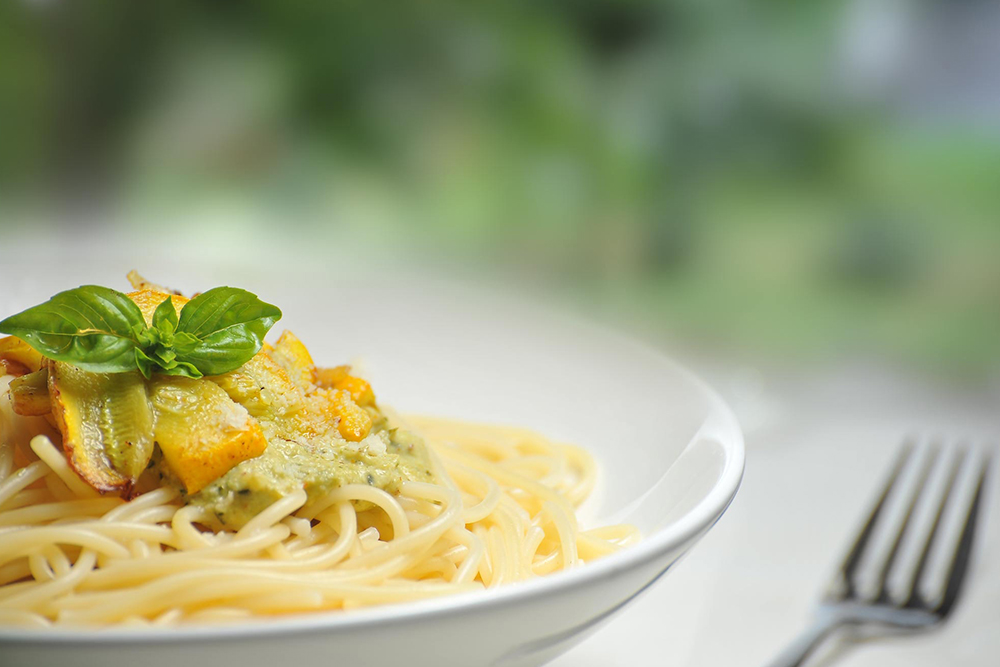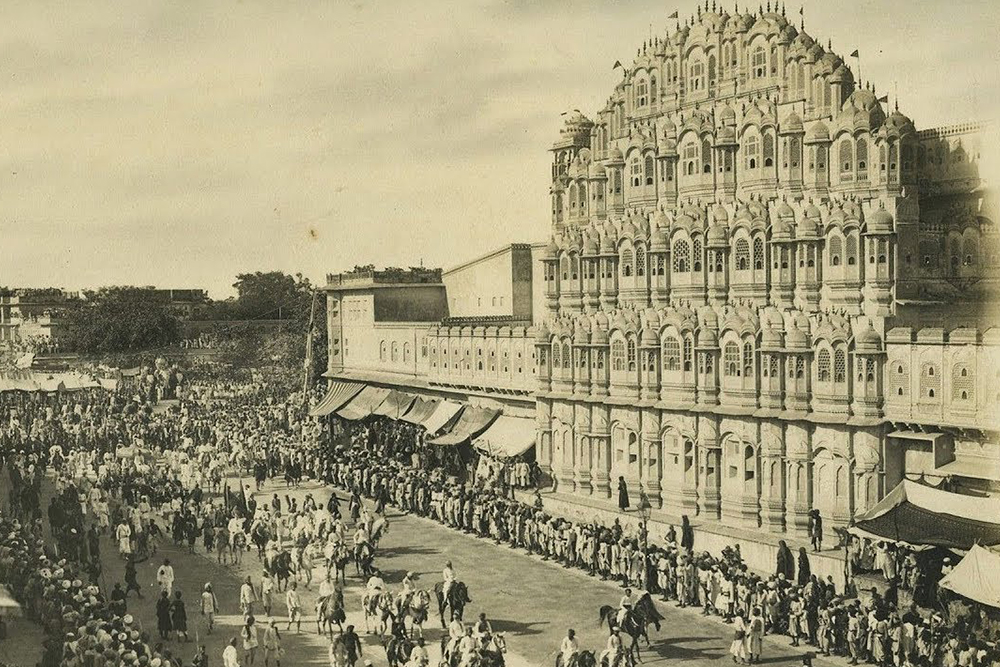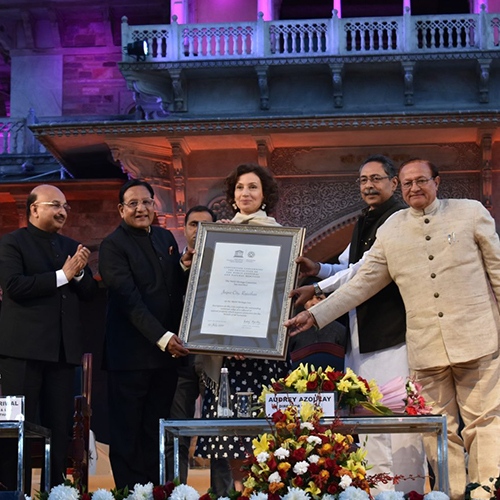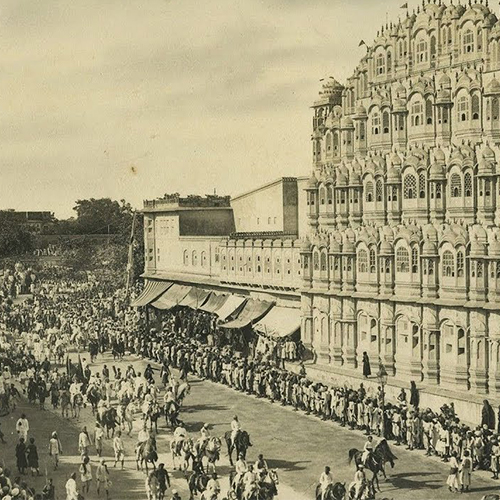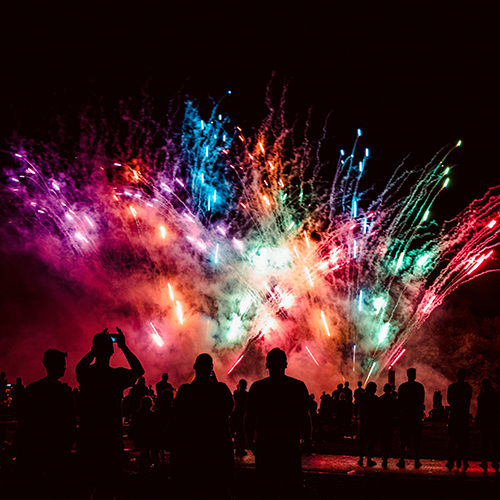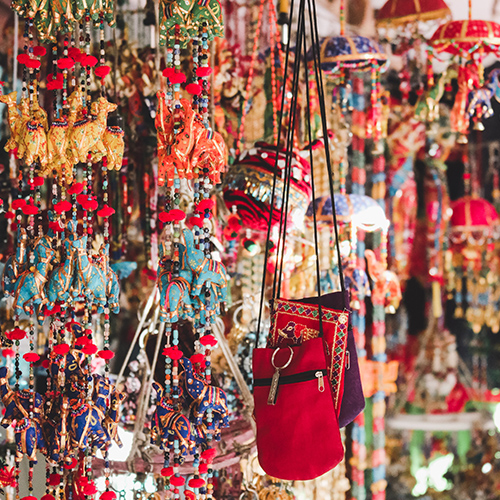History
Pink City Jaipur is one of the best culturally rich heritage cities in India. The present capital of Rajasthan, This beautiful Pink City, was built in 1727 AD by Maharaja Sawai Jai Singh II. And so the city got its name after its Maharaja Sawai Jai Singh II. Jaipur is India's first planned city. The great king Maharaja Jai Singh, who was only 11 years old, came into power after the death of his father, Maharaja Bishan Singh. The KachwahaRajputs, who came into power in the 12th century, is said to be Jai Singh's ancestors. Their emulation with Sisodia Rajputs, rulers of Mewar, helped them in their alliance with Mughals. The Mughals also helped the Kachhwaha Rajputs against the Sisodia Rajputs, as a result of which the Kachhwahs gained a prestigious place in Rajasthan. He ruled the states of Mewar (Udaipur) and Marwar (Jodhpur) with the magnificent Ambar Fort. Jai Singh supported Aurangzeb'sAurangzeb's son Azam Shah in the battle of succession, which created unrest among people. But Azam Shah lost this bid to the throne to his brother Bahadur Shah.
Later, Azam Shah demanded the removal of Jai Singh from the throne. With the ally of Mughals, and Jai Singh brought himself back to power. The kingdom flourished during his reign, and Jai Singh built his capital around the Amber Fort. Jaipur was eventually developed as India's first-ever planned city by a chief architect from Bengal, Vidhyadhar Bhattacharya. It is said that the foundation of the city was laid down on 18th November 1727 by Jai Singh himself.
After Jai Singh's death in 1744, his sons fought for power, and without a king, the city became open to infiltration by neighboring states. The Rajputs and Marathas took control of Jaipur. Ramgarh Lake was also built by Maharaja Ram Singh to provide water to the growing and prospering city. In 1922, Man Singh II assumed the throne, and it was at that time that buildings such as secretariat, school, and hospital were built. After India gained independence, Jaipur merged with Jodhpur, Jaisalmer, and Bikaner and formed the largest state of India with Jaipur as its capital.
The Rulers
After the Sawai Jai Singh era, the city was ruled by a number of Rajput rulers. Sawai Pratap Singh (1764 - 1803), Sawai Ram Singh II (1835 to 1880), Madho Singh II (1861 - 1922), and Sawai Man Singh II (1911 - 1970) were among the principal rulers who kept the inheriting of the city alive.
The city was attacked several times by the neighboring warriors, the Marathas. But for most of its history, Jaipur remained under the rule of Rajputs. It was one of the few parts of the country that never came under British rule, which left India in 1947.
Power Struggle
Jaipur may have struggled to be in power, but it remained to be a princely state till 1948. The history of Jaipur tells about the internal power struggles in the Pink City. Though, it had lost against Marathas in the Battle of Patan fought in 1790, it had enough wealth to carry its patronage. After Sawai Jai Singh came Ishwari Singh, followed by different rulers belonging to the Kachwaha dynasty. Jaipur became a part of the Indian Union on 7 April 1949. Presently, SawaiPadmanabh Singh and his Royal Family live in The City Palace of Jaipur.
The Architecture
Jai Singh'sSingh's former capital was in Amber, which is 11 kilometers outside Jaipur. He later shifted it to Jaipur has meticulously planned market areas, canal systems, parks, and residential areas.
Maharaja Jai Singh examined the construction of buildings in the city area and made sure that they pursue the traditional design of the Rajput architecture. There were a lot of ancient books and repositories which were used to suggest while designing this city. All buildings in Jaipur were built with unique sandstone work, which is found in abundance in Rajasthan.
After getting a close bond with the Mughals and ensure that there could be no danger to his throne, and due to growth in population and scarcity of water in Amber, Jaipur has the privilege of being the first thoroughly planned city in India. Sawai Jai Singh, speculate his dream project, the building of Jaipur.
He laid the foundation stone in 1727, and an eminent architect, VidyadharBhattacharaya, was asked to design the ''Pink City.' ' who was a scholar from Bengal. The scholar consulted the books on ancient Ptolemy, astronomy, and Euclid to provide his expert advice. The city was built on the principle of Indian Architectural science called Shilpa-Shastra, and it took hardly four years to build such a beautiful city. The city has a world-famous planetarium, a city palace, several temples, and cultural venues.
Seven sections of the city's buildings were planned in a grid system, with trees lined with straight paths, which were located in the north direction. Surrounding it are high walls pierced with ten gates. The site of the shops was chosen after mindful planning, and they are arranged in nine rectangular city sectors (chokris). Jaipur was the first major city in North India to be built from scratch, although the famous pink color was a symbol of 'welcome,' the latter came when Ram Singh II received the Prince of Wales in 1876.
It was a two-in-one compliment as ''Jai'' that means victory and was also the ruler's first name. It was later chosen as the capital of Rajasthan formed by the amalgamation of various states, a tribute to both Jai Singh and Bhattacharya.
Why Pink City?
In 1876, the Prince of Wales and Queen Victoria were to visit India. Pink is a symbol of hospitality, so to bring the essence of welcoming words, "PadharoMahreyDesh," Maharajah Ram Singh drenched the city in this beautiful color. The color, Terracotta Pink, adds seven stars to the pride of this majestic city. To this day, you will find the historical gates and squares that have now turned into bazaars possessing the color of hospitality and has woven itself into the history of Jaipur.
Jaipur Post Independence
After the independence of India, Jaipur became the capital of the state of Rajasthan. Even though the royal family still lives in the City Palace, the state is run entirely by civil officials and democratically elected candidates.
Today, Jaipur is one of the best tourist destinations to visit in India.
Millions of domestic and international tourists decorate their beautiful hotels and palaces to rejuvenate their royal past. Many ancient palaces have been converted into heritage hotels.
